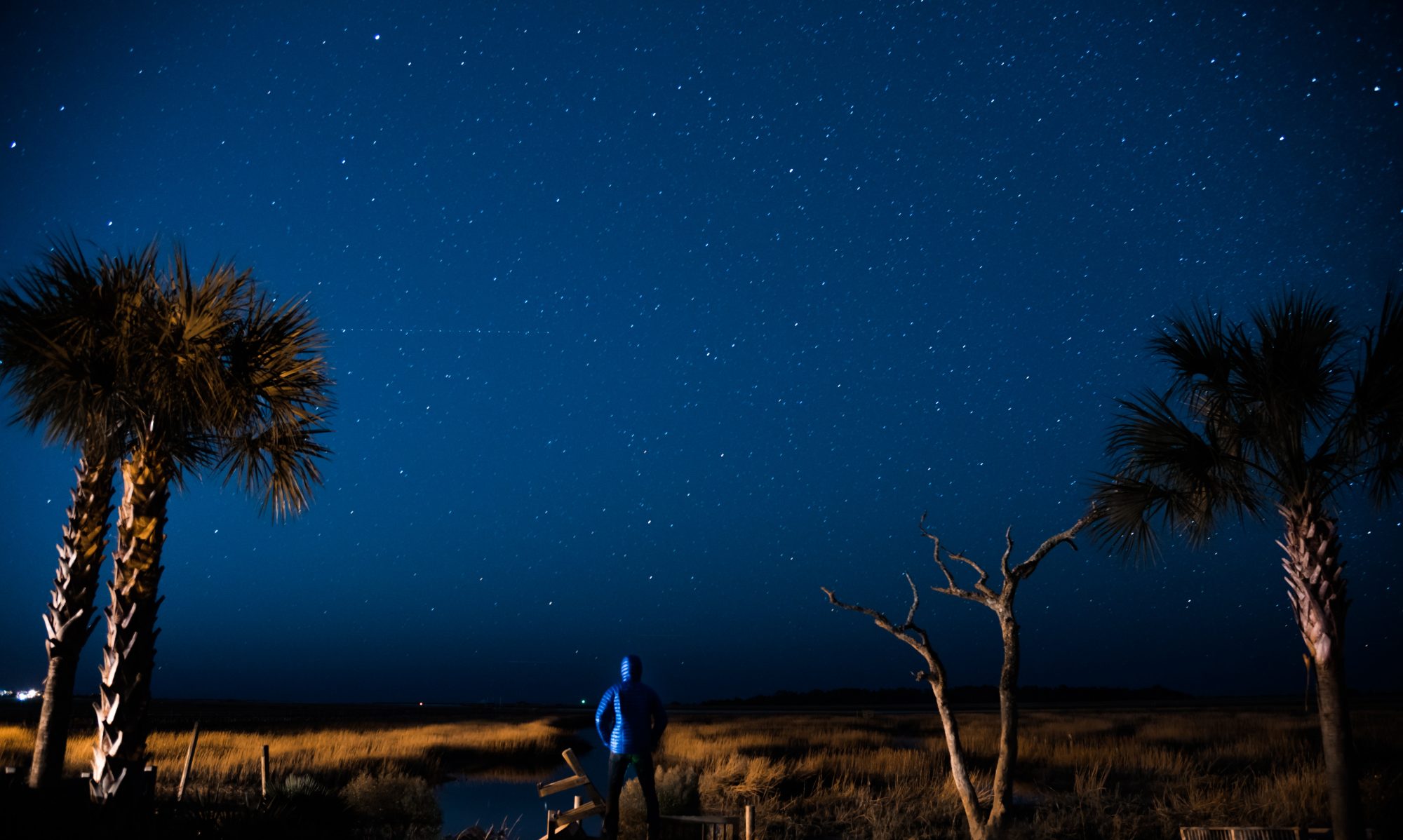LLPAC is committed to livability issues across the Lowcountry region. Currently, the group’s efforts are focused across Charleston County, from the ACE Basin to McClellanville. Our core issues include:
Livability as a primary governing tool
Resiliency and clean air and water
Public safety
Management of growth and costs
Transportation infrastructure
Housing
Cultural diversity
Livability as a primary governing goal
Livability adds up to a community’s quality of life and includes the built and natural environments; economic prosperity; social stability and equity; educational opportunity; and cultural, entertainment, and recreation possibilities. A considerable portion of the Lowcountry’s policy discussion hinges upon maintaining residential quality of life, and it bears looking through this lens at the region’s current state.
Job opportunities, a mild climate, a robust cultural and nightlife scene, and a rapidly escalating real estate market have created enviable growth in the region, including attracting a relatively young demographic and a fair number of part-time residents. Many poorer residents have been forced to sell family property or move far from job opportunities due to property taxes and rising rents. Few have been able to participate fully in the economic opportunities that others have.
With major annexation and a large influx of new residents, the Lowcountry represents a broad range of views on what might be the ideal “quality of life,” particularly with respect to expected levels of commercial activity, noise, and nightlife. Livability for ALL requires embracing these differences, and also finding a way to harness the region’s growth while still maintaining an authentic local identity, economic opportunities for all, general quality of life, and preservation of historic buildings and landscapes for future generations to enjoy.
Resiliency and clean air and water
Between its historical significance, appealing natural environment, and booming economy, the Lowcountry and Charleston County is one of the most popular places in the world. In order to keep the authenticity of the region intact, it is necessary to preserve the Lowcountry’s cultural and natural assets. The natural assets include green spaces within the city as well as rural and wetland spaces. These spaces are important to the lifestyle of residents and attract the tourists who feed the tourist industry. But those spaces are threatened by the rapid growth of Charleston County. If not planned and preserved effectively, we could tarnish or even destroy the very same qualities that drew people here in the first place. Threats include the possibility of oil and gas exploration and development off the South Carolina coast, as well as the effects of climate change and/or sea level rise that impact the area’s infrastructure.
Public safety
Public safety is a vital service of local government. Issues surrounding funding, equity, and justice have been concerns in many communities of the city. This is not unique to the Lowcountry, and we’ve all witnessed the effects of decision-making that creates divisions and unproductive competition for limited public resources.
Management of growth and costs
One of the primary investments made by local governments is in basic services such as roads, water, sewer, public safety, and access to schools. These services are paid for with property taxes provided by both residences and businesses. As cities expand geographically, the cost of providing and maintaining services rises, and revenues must rise in order to continue the same levels of service. One of the most efficient ways for a local government to provide basic, consistent services is to prioritize growth to areas where there is existing infrastructure. For example, the City of Charleston’s Century V Plan, as revised in 2010, establishes an Urban Growth Boundary intended to limit development in this way.
Transportation infrastructure
Infrastructure investment is critical in the region, particularly given a geography that does not readily provide for additions to the existing network without impacting natural and cultural resources, communities, neighborhoods, families, and individuals. Competition for limited public resources and answerability to the general public requires that elected officials look at the “return on investment” when making decisions regarding infrastructure spending. Various examples include consideration of improvements to transportation corridors that establish new or greater tax revenue; provisions for multi-modal, alternative and mass transit; connections between reasonable housing opportunities and places where people work; and incorporation of resiliency planning in the face of sea level rise, hurricanes, and tidal flooding.
Housing
All neighborhoods, districts, parks, and other aspects of the public realm contribute to the Lowcountry’s unique character and sense of place. This would appear to be obvious in the historic district where its valuable resources — historically and culturally — must be maintained, preserved, and developed for future generations. While this is most obvious in peninsular Charleston, this concept of character is often compromised or underappreciated in other parts of our region. Several initiatives are underway to revitalize parts of the region, such as the West Ashley Revitalization Commission and Re-Think Folly Road. The area includes a variety of single-family residences, apartments, and mixed-use opportunities, but many of these options are far from workplaces or priced beyond the means of many long-term residents and families. It is important to consider policies that ensure reasonable, affordable housing opportunities are available in proximity to places where people work.
Cultural diversity
As the hub of the region, the port city of Charleston has benefited from the diversity that has come to its shores. While slavery is a dark and defining chapter in its history, the influence of Africa and black culture is widely felt in the cuisine, language, architecture, art, and music that is fundamental to the region. A long history of religious tolerance has meant that Jews, Catholics, and Huguenots, among many others, have made their lives and influence felt here. Recognition of the diversity of cultures and the unique character of the Lowcountry can unite our community and provide future generations with more opportunities for success and high-quality lives.
